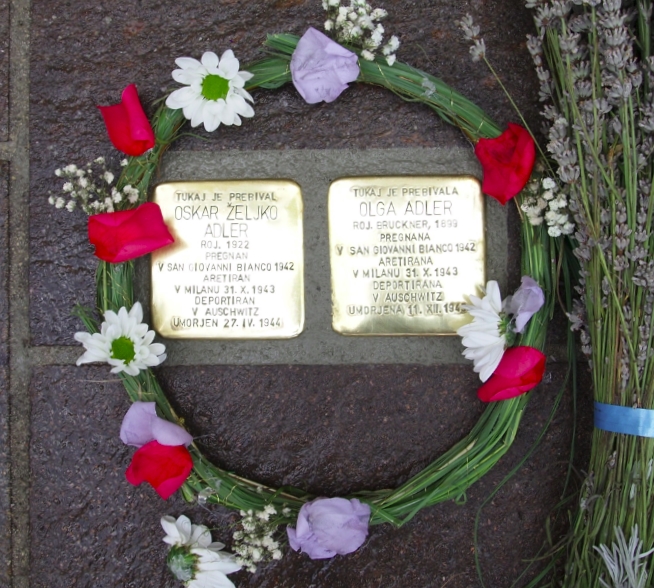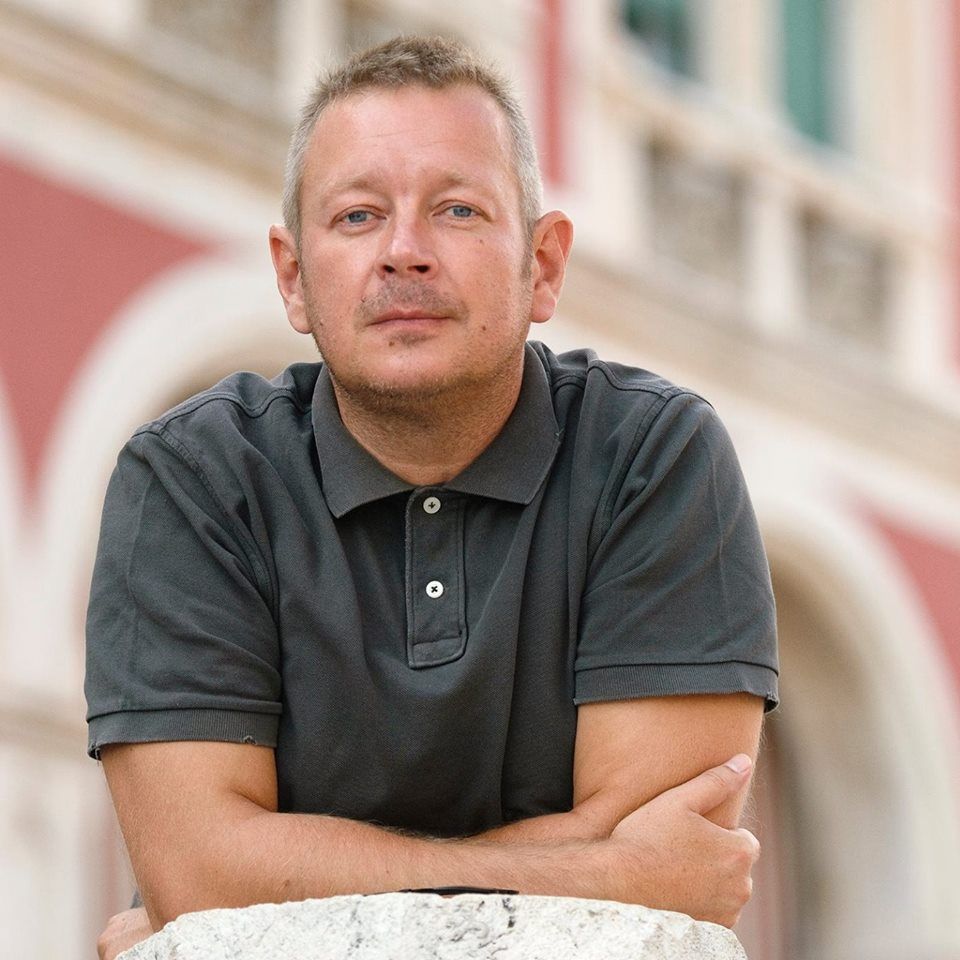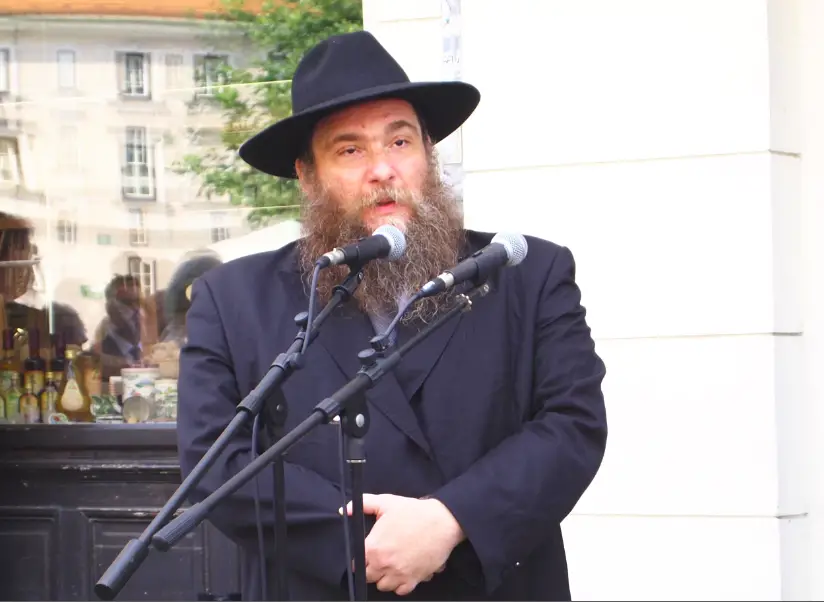The Canadian Jewish News has just published an article by Michael Fraiman looking at an often neglected story, but one that’s been gaining more attention in recent years, the history and present of Jews in Slovenia.
While Ljubljana has a historic Jewish Quarter in the Old Town (as marked by Židovska ulica (Jewish Street) and Židovska steza (Jewish Path)) – and the site of the Jewish Cultural Centre – it hasn’t has a large Jewish community for many years. Indeed, Jews were officially banned from the city in 1515, a restriction that stayed in place until 1867, with lingering anti-Semitism deterring new arrivals.
In the years before World War II there were thus less only around 1,500 people who self-identified as Jewish in the whole of Slovenia, and this community was then essentially destroyed with the murders that took place as part of the Holocaust.

Two of the Stolpersteine. Photo: JL Flanner
It was only last year, 2018, that the Jewish community was symbolically welcomed back to Slovenia by President Borut Pahor as part of the events marking the laying of the first Stolerpsteine, a story you can read about here (along with a map of the stones’ locations). Two men who played key roles in that event were Robert Waltl and Rabbi Ariel Haddad, who are the subjects of The Canadian Jewish News story.

Robert Waltl. Photo: Mr Waltl's Facebook page
Mr Waltl is a familiar face to many, being a performer and theatre director, active in the cultural life of the city in the context of his Mini teater (sic), as well as putting in appearances as Dedek Mraz (Grandpa Frost) around the end of the year. But Waltl is also the man who runs the Jewish Cultural Centre (at Križevniška 3 SI-1000 Ljubljana – see the map at the end of this story). It’s here that you’ll find artworks and exhibits related to Jewish history in the country, including ones that mark the 587 Slovene Jews who died in the Holocaust.
Rabbi Ariel Haddad at the laying of the first Stolpersteine in Ljubljana. Photo: JL Flanner
The same building also houses the only working synagogue in Slovenia, and it’s here that Rabbi Ariel Haddad enters the picture. The Rome-born Rabbi lives in Trieste, about an hour from Ljubljana, but often visits the city in his capacity as Chief Rabbi of Slovenia. Rabbi Haddad’s connection with the Slovene capital started in 2000. He visited the city ahead of Passover and, since the local community lacked a Rabbi, he was invited to hold what was perhaps first seder of Pesach in Slovenia since the war.
A visit to the Jewish Cultural Centre
It’s an interesting story of a community returning to life after unimaginable pressures and suffering, and now slowly reclaiming its place at the heart of a city that has hopefully left behind the horrors of anti-Semitism, and is blossoming into a more tolerant and open society, and you can read more of it at The Canadian Jewish News.
You can learn more about the Jewish Cultural Centre and synagogue, in English, here, visit it at the location shown below, or follow its work on Facebook. The schedule for the nearby Mini Teater, with performances in all genres and for all ages, can be found here.







